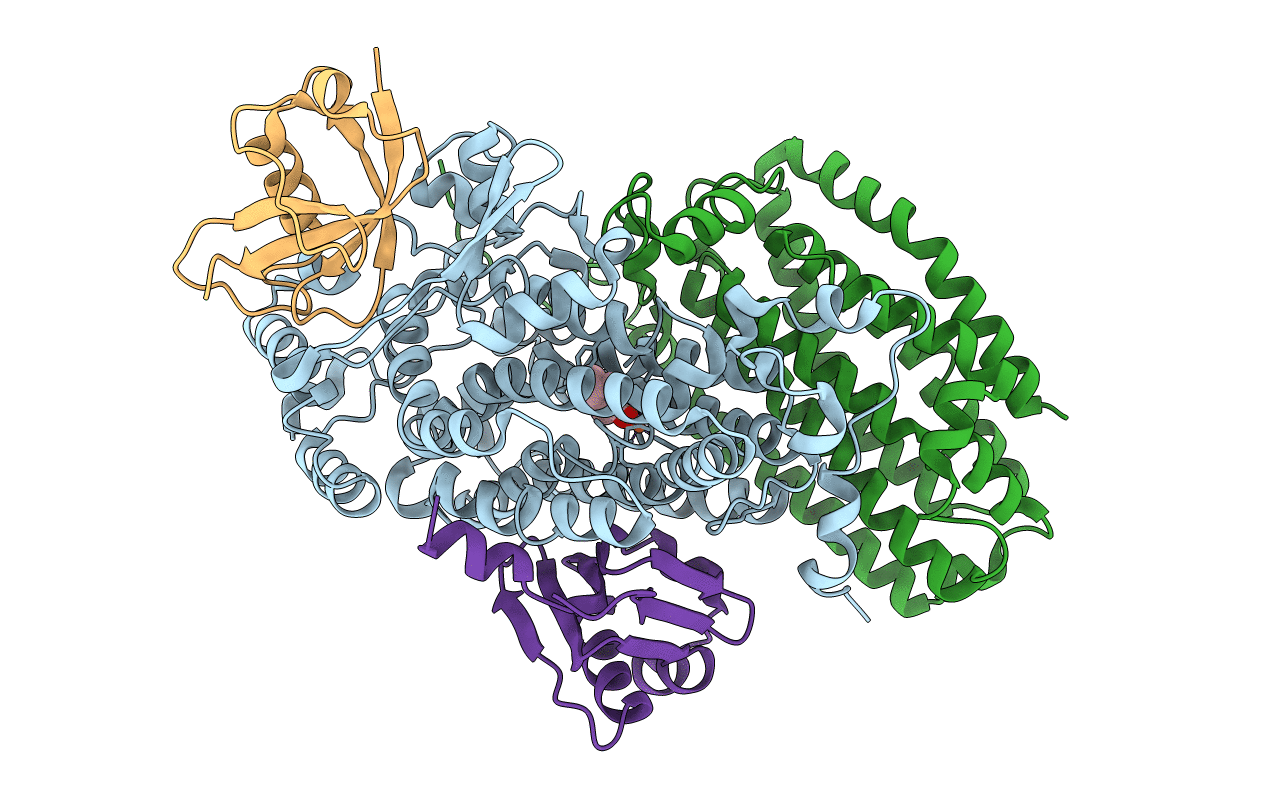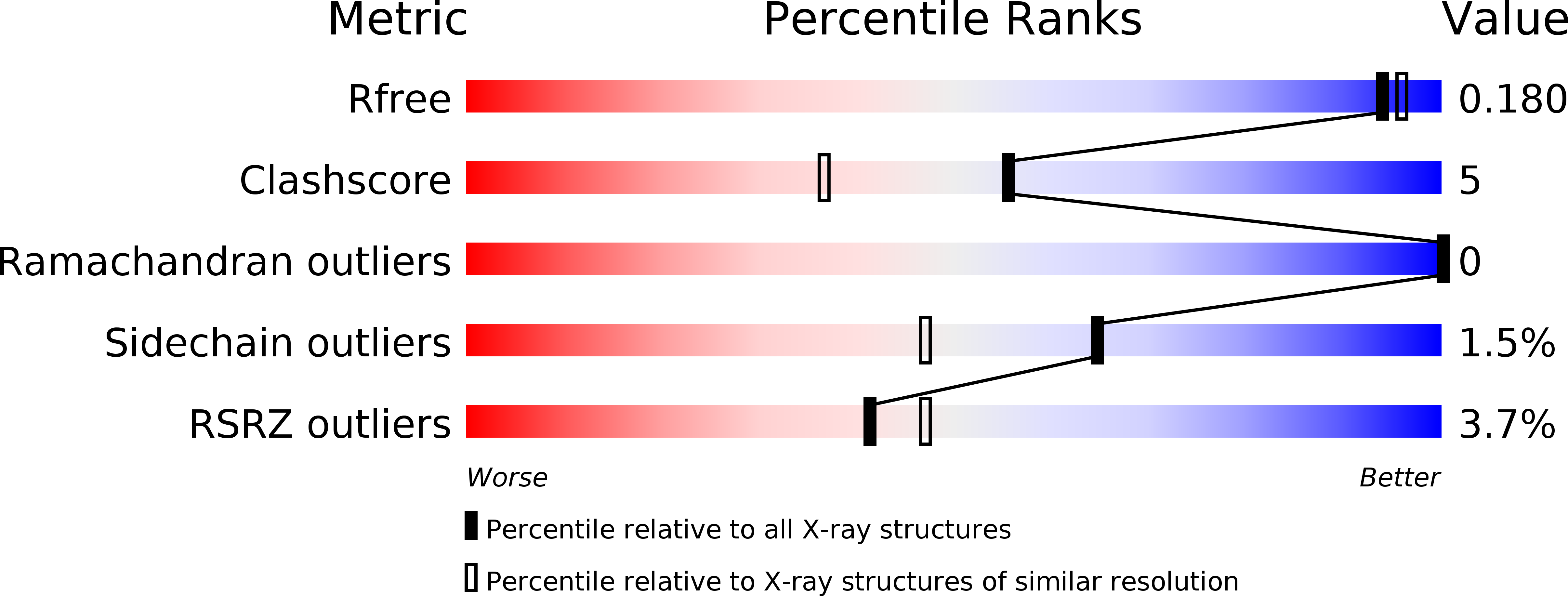
Deposition Date
2016-09-19
Release Date
2017-03-22
Last Version Date
2023-10-04
Entry Detail
PDB ID:
5TDU
Keywords:
Title:
Toluene 4-monooxygenase (T4moHD) bound to product after turnover in crystal
Biological Source:
Source Organism:
Pseudomonas mendocina (Taxon ID: 300)
Host Organism:
Method Details:
Experimental Method:
Resolution:
1.74 Å
R-Value Free:
0.17
R-Value Work:
0.13
R-Value Observed:
0.14
Space Group:
C 2 2 21


